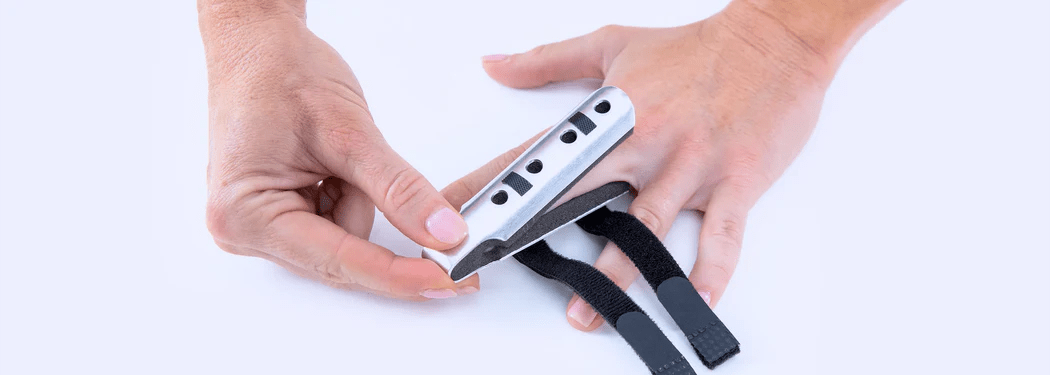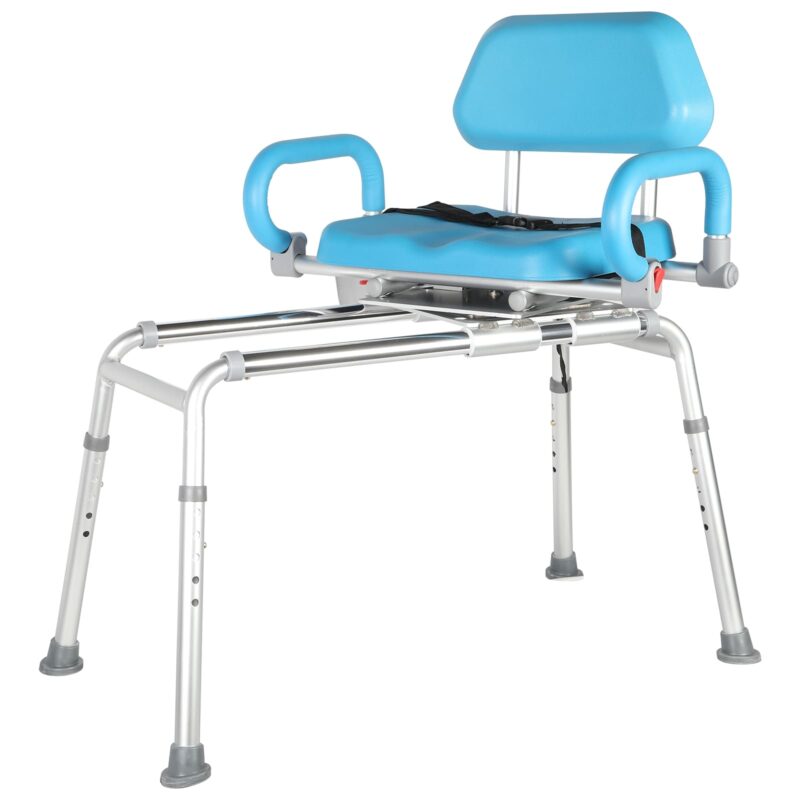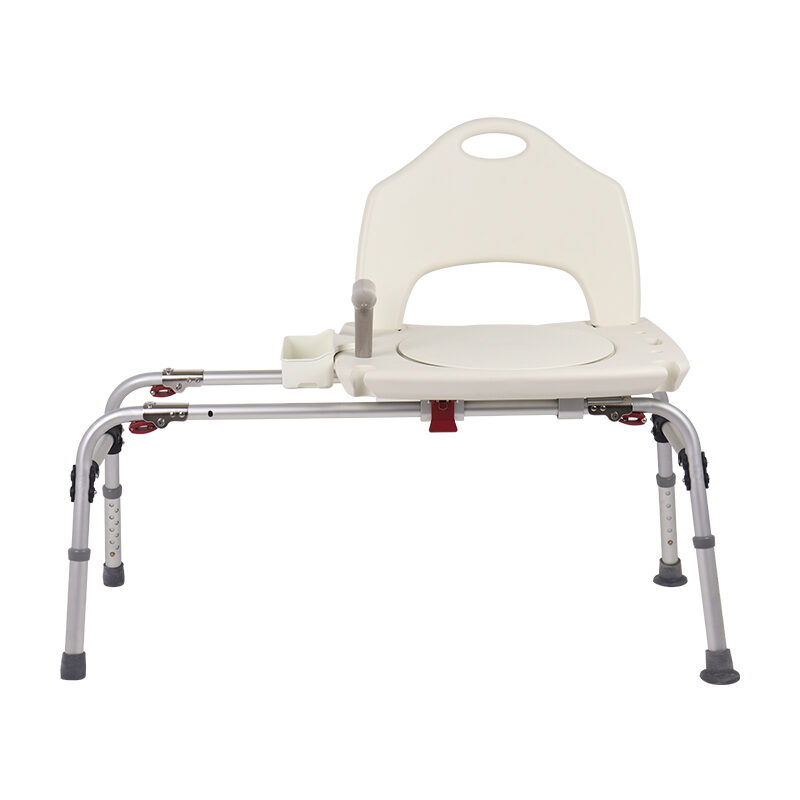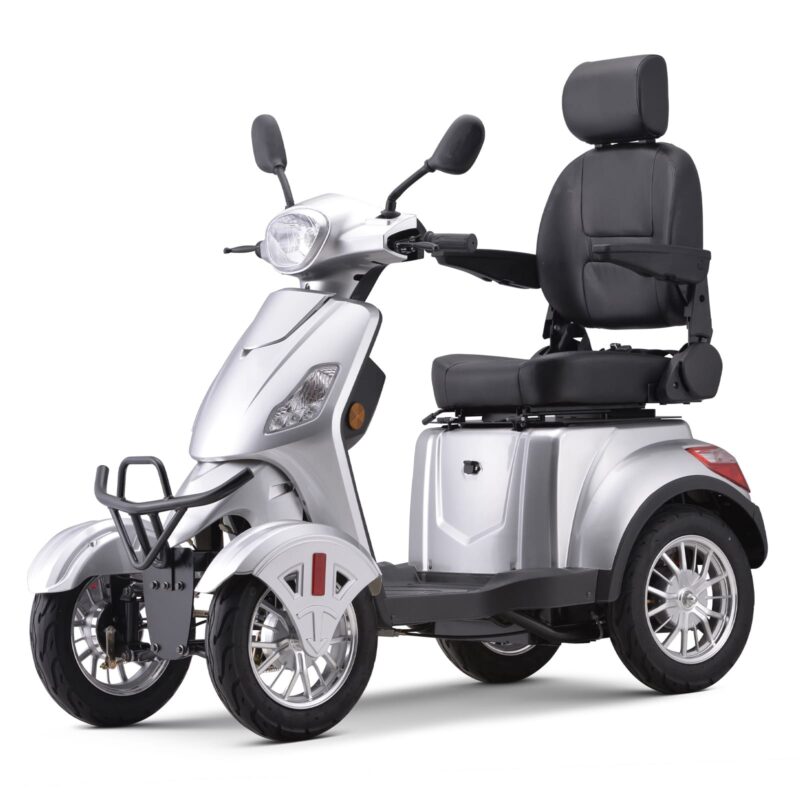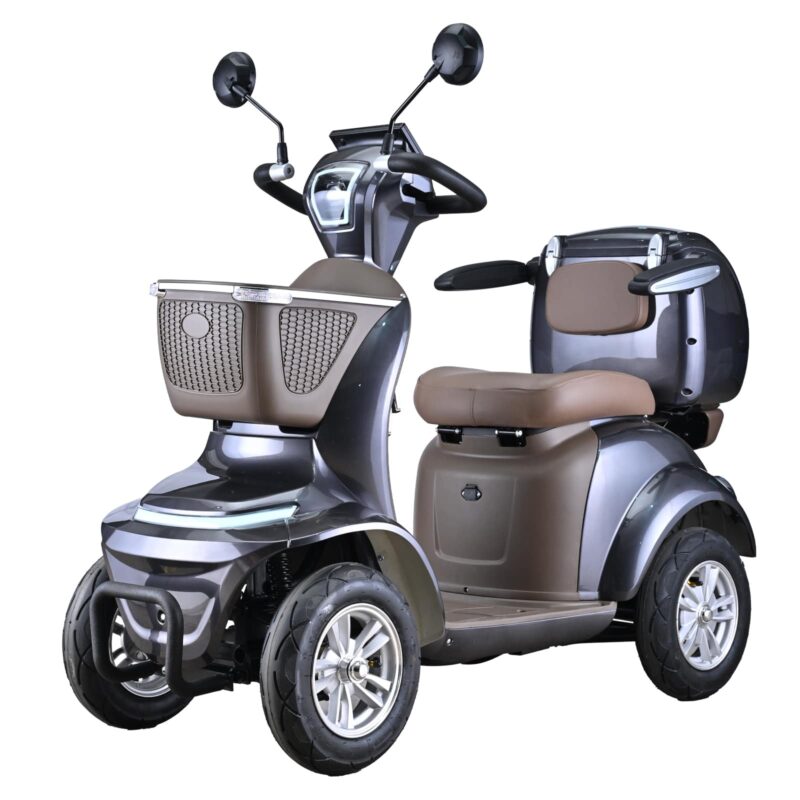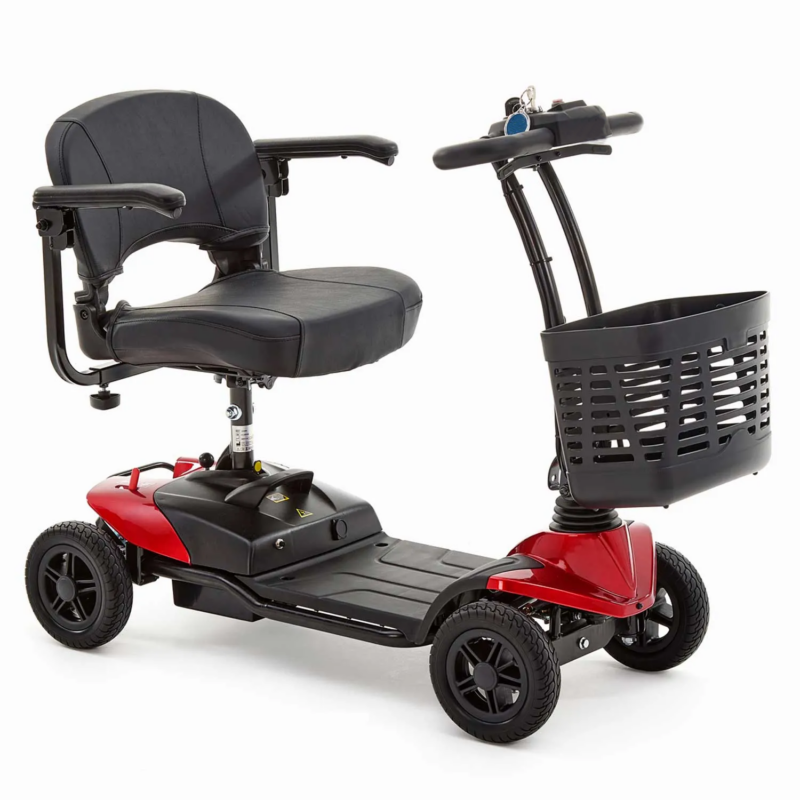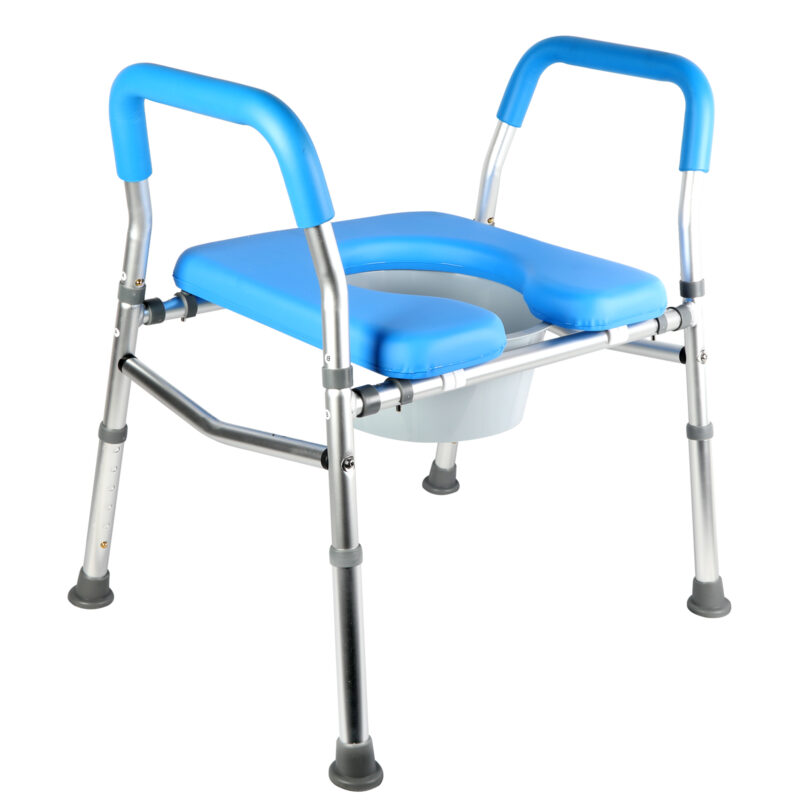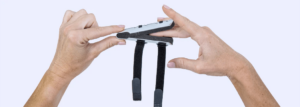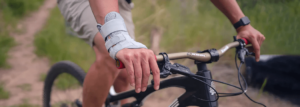Mallet Finger Treatment Guide
Immediate Care Recovery Options Post Recovery Wrap-Up
Mallet finger is an injury to the tendon that allows you to straighten your finger. It’s also called baseball finger, it is a common injury that occurs when someone is catching a ball and the ball hits the tip of the finger. The force of the ball against the finger injures the extensor tendon causing mallet finger. Treatment for mallet finger injuries requires a mix of both home and medical treatment. Keep reading to learn more about steps for immediate care, recovery options, and post recovery protocol.
Immediately after your injury, you will have pain and your injured finger will droop down. If a piece of bone breaks off as the tendon detaches this is called an avulsion fracture. One sign that you have suffered a broken finger in addition to a tendon injury is bleeding under the nail bed. Stop what you are doing and head to the doctor. Delayed treatment can result in swan neck deformity, a deformity of the finger where the joint bends the wrong way. On your way to the doctor you can initiate these treatments:
Cold Therapy
Mallet finger is painful and causes swelling, two things that an ice pack can help with. Place the ice pack on your finger for 20 minutes at a time after your finger injury. The cold will reduce soft tissue swelling and help manage the pain. The pressure from the ice pack might be painful so place a towel in between the ice pack and the end of the finger. Don’t fall asleep with an ice pack on as the cold can cause serious skin injury.
Elevate Your Hand
The next step after your injury is to elevate your hand. Your goal is to keep your injured finger above the level of your heart. This will encourage fluid to return back out of your hand which will lessen swelling. While you are laying down, place your hand on a rolled up towel or pillow to elevate it. The amount you elevate your hand does not need to be dramatic, just enough to keep swelling at bay.
Over-the-Counter Anti-Inflammatories
Over-the-counter medications like ibuprofen and naproxen are known for their anti-inflammatory properties. These drugs will reduce pain and swelling after your injury. They are generally considered safe but the one side effect that you need to be aware of is bleeding. If your finger is bruised and bleeding avoid these medications and talk to your doctor or pharmacist to find a safe alternative.
Recovery Options
After the immediate injury phase has passed and your injury has been evaluated by a doctor it will be time to start your recovery. Here is what you can expect from mallet finger recovery.
Splinting
The most common nonsurgical mallet finger treatment is a finger splint. The goal of splinting is to keep the finger straight as the extensor tendon injuries heals. Most people will need to wear a splint full time for six to eight weeks. If you take the splint off and the finger droops then you might need to start the whole splinting time over again. Keeping a splint on for such a long time can be difficult and hard on the skin. Talk to your doctor about ways to protect your skin while it is in the splint.
There are several types of splints available for mallet finger. You and your doctor will decide on the right one for you.
- Make sure your splint does not dig into your skin or cause painful rubbing.
- Your ultimate goal will be to ensure your finger bone remains straight to allow full tendon healing.
Surgery
Surgical treatment might be necessary if the joint is not correctly aligned or if you need a tendon graft to repair the torn tendon. Your orthopedic surgeon will likely have an x-ray of your hand taken to fully evaluate your injury. They will look for displaced bone fragments and fractures. Hand surgery can involve adding pins to keep the finger straight until the tendon heals. There are benefits and risks to every surgery, talk to your doctor to determine the best treatment plan for you.
Post Recovery
Mallet finger can take eight weeks or longer to heal. Once your tendon has healed you should exercise your hand and finger to reduce stiffness and regain any lost strength. Stretching can help you regain lost range of motion in your finger. Always be gentle and stop if you experience pain.
Exercises
After you are able to remove your splint your doctor will have you follow-up with hand exercises. They may have you see a hand therapist who is specialized in treating hand injuries and conditions.
Effective Mallet Finger Exercises
Continued Splinting
If you are eager to resume normal activities you might want to continue wearing a splint for a while after your tendon has healed. This can prevent reinjury and give you peace of mind. Consider wearing a splint during sports or even while during something as simple as housework.
Caring for Mallet Finger
Mallet finger is an injury to the finger tendon. It causes pain and finger drooping. Prompt treatment with ice, splinting, and medical attention can streamline the healing process. After six to eight weeks your finger should feel better and you can resume exercises and activities. Mallet finger can become a serious injury, always talk to your doctor before you begin any treatment.

